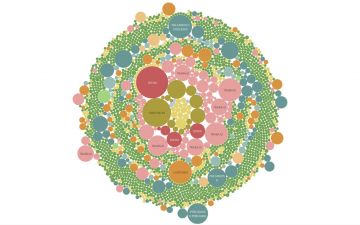Centinela is a collaboration by 15 media organizations in 13 Latin American countries to investigate the continent’s response to the COVID-19 pandemic. Using public data and shoe-leather reporting, the team will probe Latin America’s preparedness to the coronavirus crisis; compare vital information across borders and hold powerful people and institutions accountable.
The team will follow the money to reveal how procurement of medical equipment is handled by the region’s governments during the pandemic and who is ultimately benefiting from the contracts. The investigation will also focus on the crisis’ impact on the most vulnerable communities in the region, from victims of domestic violence to day laborers and prisoners.
The project is led by reporters and editors at the Latin American Center for Investigative Reporting (CLIP), a nonprofit organization that leads transnational investigations. Centinela’s partners include: Chequeado (Argentina), El Deber (Bolivia), Agência Pública (Brasil), El Espectador y La Liga contra el Silencio (Colombia), La Voz de Guanacaste (Costa Rica), Ciper (Chile), GK (Ecuador), El Faro (El Salvador), No Ficción (Guatemala), Quinto Elemento Lab (México), El Surtidor (Paraguay), IDL-Reporteros (Perú) y Univision Noticias (Estados Unidos).





